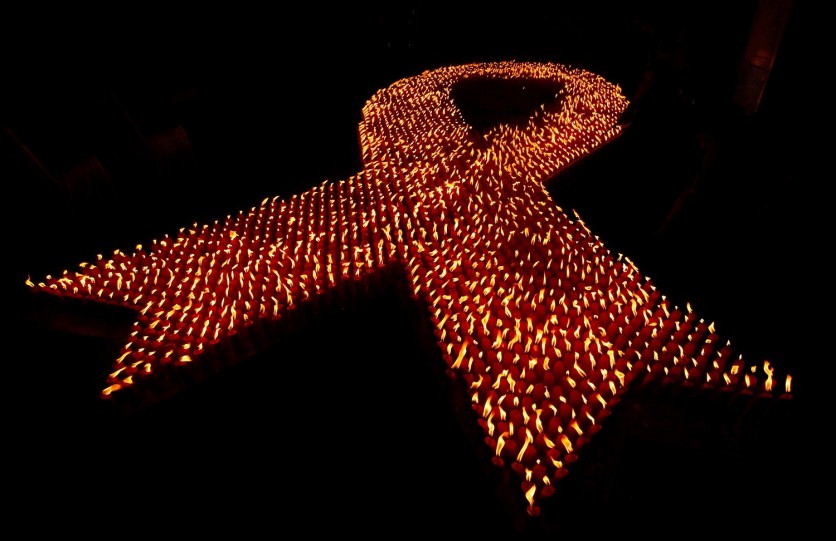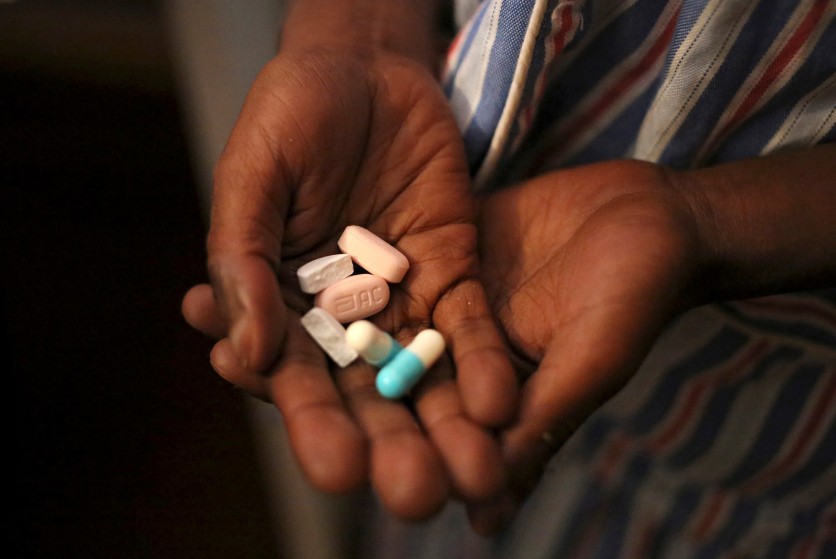Federal University of Sao Paulo researchers confirmed on Tuesday, July 7, that preliminary tests of a 36-year-old man from São Paulo, Brazil was cleared from the HIV infection after taking a strong drug cocktail. He is now proof that the AIDS virus can be flushed out of the body, including all of its reservoirs.
Ricardo Diaz, the clinical investigator running the study, discussed the patient today at a press conference for the 23rd International AIDS Conference, which will be held online this week.

Called as São Paulo Patient, the man received a new drug strategy of taking an aggressive concoction of nicotinamide (vitamin B3) and antiretroviral (ARV) drugs.
He was diagnosed with H.I.V. in October 2012 and started taking ARV drugs after two months. He was also one of five people to join a clinical trial in 2016. Aside from the standard cocktail therapy, these volunteers received three antiretroviral drugs for 48 weeks.
According to the New York Times, the patient stopped all HIV treatments in March 2019. Since then, his blood is tested every three weeks, but tests show no signs of the infection. Researchers believe he may be the first to have remission after receiving the specially designed cocktail of antiviral drugs.
Currently, there are only two people who have been completely cured of H.I.V. Timothy Ray Brown and another patient regarded as the London Patient both went through risky procedures including bone-marrow transplants for treating their cancers.
These transplants flushed their infections and gave them new immune systems against the viral infection. However, a bone marrow transplant is complicated and highly expensive, which can lead to serious side effects. Thus, it is deemed impractical treatment for the 38 million people living with the AIDS virus.
Scientists are skeptic of the newly-found "HIV cure"
For decades, scientists have been struggling to find a cure for HIV. This is because "the virus weaves its genetic material into human chromosomes." It then lies dormant and escapes immune surveillance that kills foreign invaders. Cells remain infected because the virus has to stem cell-like properties and can clone themselves.

Despite numerous strategies and attempts to flush reservoirs of cells that harbor latent HIV infections, none have been proven effective.
"These are exciting findings, but they're very preliminary," H.I.V. expert at U.C.S.F. Dr. Monica Gandhi said.
University of California HIV/AIDS clinician Steven Deeks regarded the patient's story as "remarkable." While he was not involved with this study, Deeks and other medical practitioners warn that success is not yet definitive enough to regard it as a cure.
Deeks who also carries out HIV cure research noted that interesting stories have stirred studies for HIV cure. "[They] should be considered largely as hypothesis-generating observations that can simulate new areas of investigation," Deeks said.
Most people who were able to control HIV with ARVs and stop the treatment are later surprised to get the virus back at high levels after some weeks. While the São Paulo Patient did not experience a rebound, his HIV antibodies dropped to extremely low levels, which may mean he is already cleared infected cells in the lymph nodes and gut.
The Sao Paolo Patient's case is still isolated, the scientists said he "might represent the first long-term H.I.V. remission" without a bone-marrow transplant.
Speaking before the press, Diaz said he is not yet certain if the patient is completely cured, but the patient "has very little antigen." Antigens are HIV proteins that trigger the creation of antibodies and other immune responses in the body.
Diaz noted they have not taken samples of the man's lymph nodes or gut since he stopped treatment.
Read also: The Bubonic Plague That Wiped Millions in the Past Has Resurfaced in China's Inner Mongolia Amid COVID-19
ⓒ 2025 TECHTIMES.com All rights reserved. Do not reproduce without permission.




